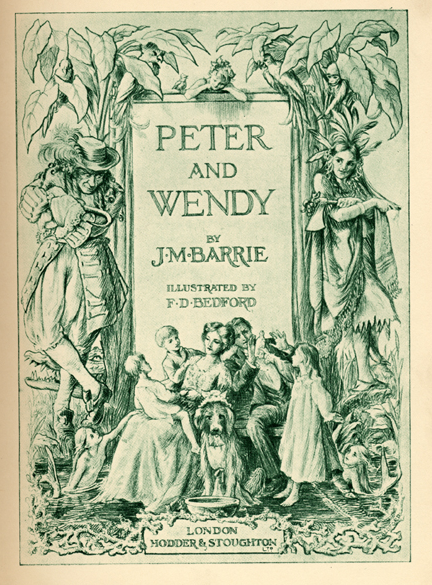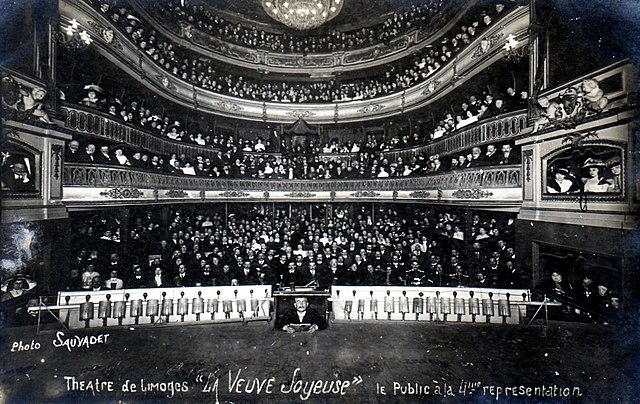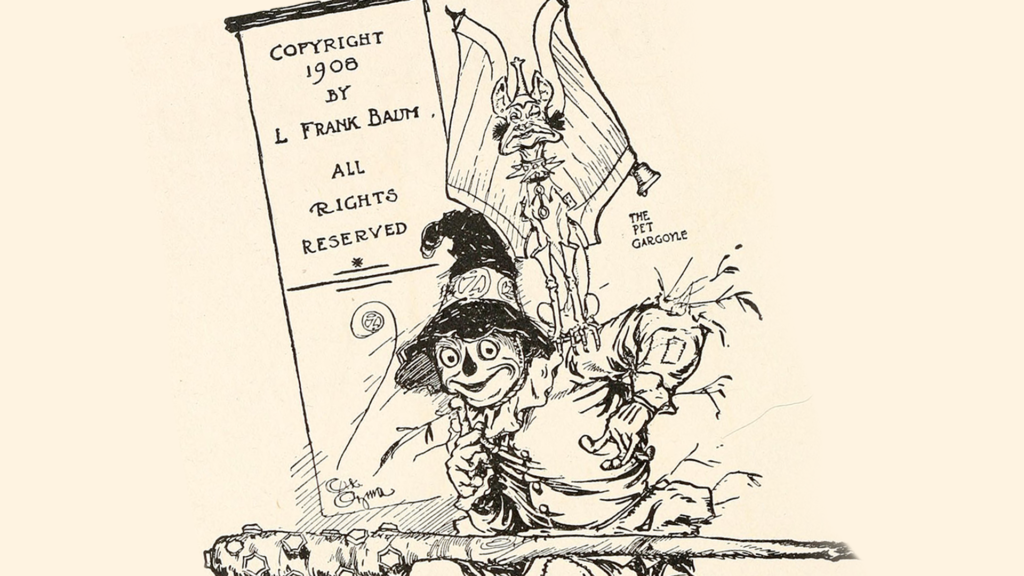
Pros and Cons of the Public Domain for Theatre People
The idea of a public domain has been a topic of much debate in recent years, especially within the creative industries. The public domain refers to creative works that are no longer protected by copyright laws, meaning that anyone can use, adapt or distribute these works without the need for permission or payment to the original author or their estate. While some argue that the public domain promotes creativity and the sharing of ideas, others see it as a threat and devaluation of intellectual property, particularly in the creative industries.
One of the main arguments in favour of the public domain is that it promotes creativity and innovation. By making works available to everyone, the public domain allows for artists to use and adapt existing works to create new and original pieces. This encourages a culture of sharing and collaboration, leading to a richer and more diverse creative landscape. Moreover, some argue that the public domain is necessary to preserve cultural heritage, making classic works available to future generations.
On the other hand, opponents of the public domain argue that it can be detrimental to the creative industries. By removing copyright protections, creators’ descendants may lose control over their family member’s works and organisations that own unique brands may lose their ability to profit from them. This can discourage large corporations from investing time and money in work, and lead to a decrease in the quality and quantity of creative output. Additionally, some argue that the public domain can be used to exploit the works of marginalized communities or forgotten artists, profiting off their creations without giving proper credit or compensation.
In the context of the theatre industry, the public domain has a significant impact on playwrights, producers and other creatives. For example, plays and musicals in the public domain can be produced by anyone without the need for permission or payment to the original author or their estate. While this can provide opportunities for smaller or independent theatre companies to produce classic works, it can also lead to a saturation of the market and a decrease in the value of new and original works.
In conclusion, the public domain remains a contentious issue within the creative industries. While it can promote creativity and the sharing of ideas, it can also lead to exploitation and a decrease in the quality and quantity of creative output. In the theatre industry specifically, the public domain can provide opportunities for smaller companies but may also discourage investment in new works. Ultimately, the decision to place works in the public domain should be made with careful consideration of the potential impacts on both creators and the wider industry.






